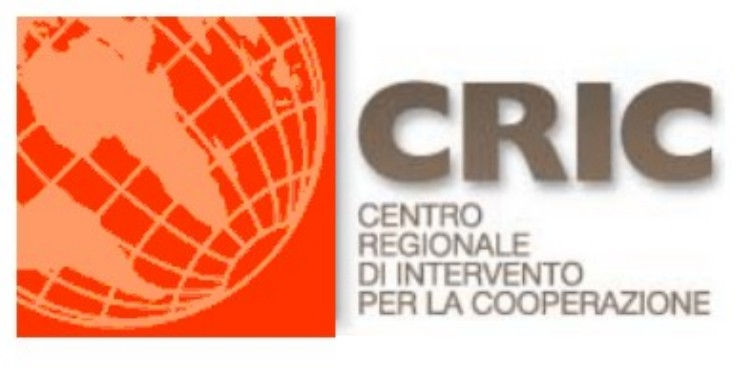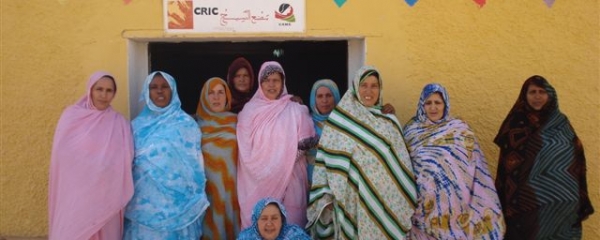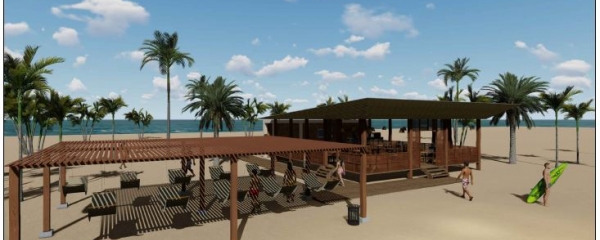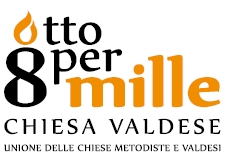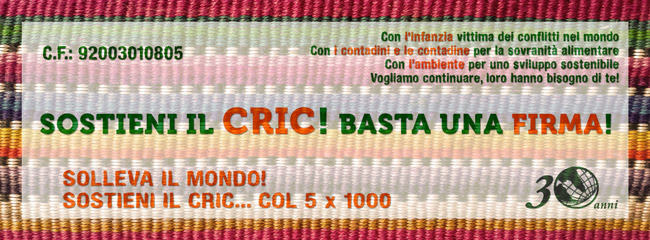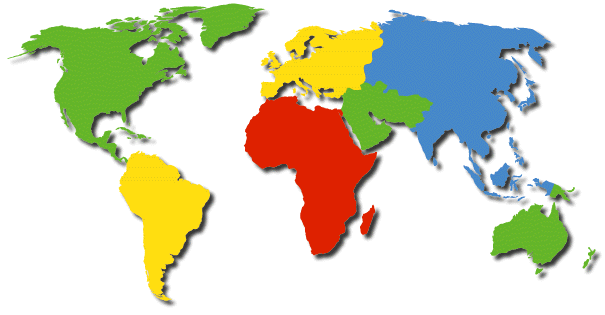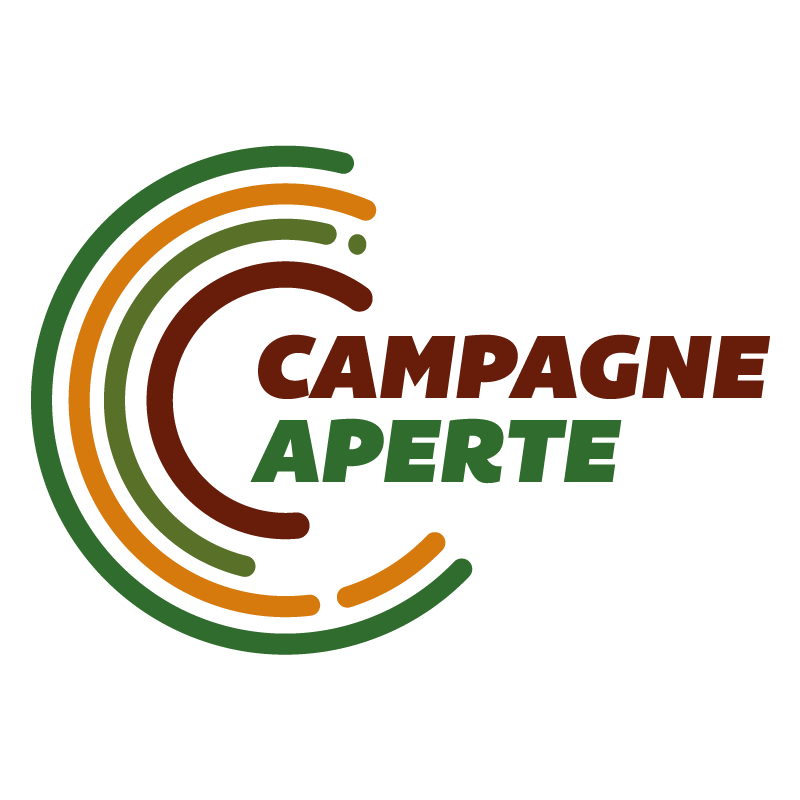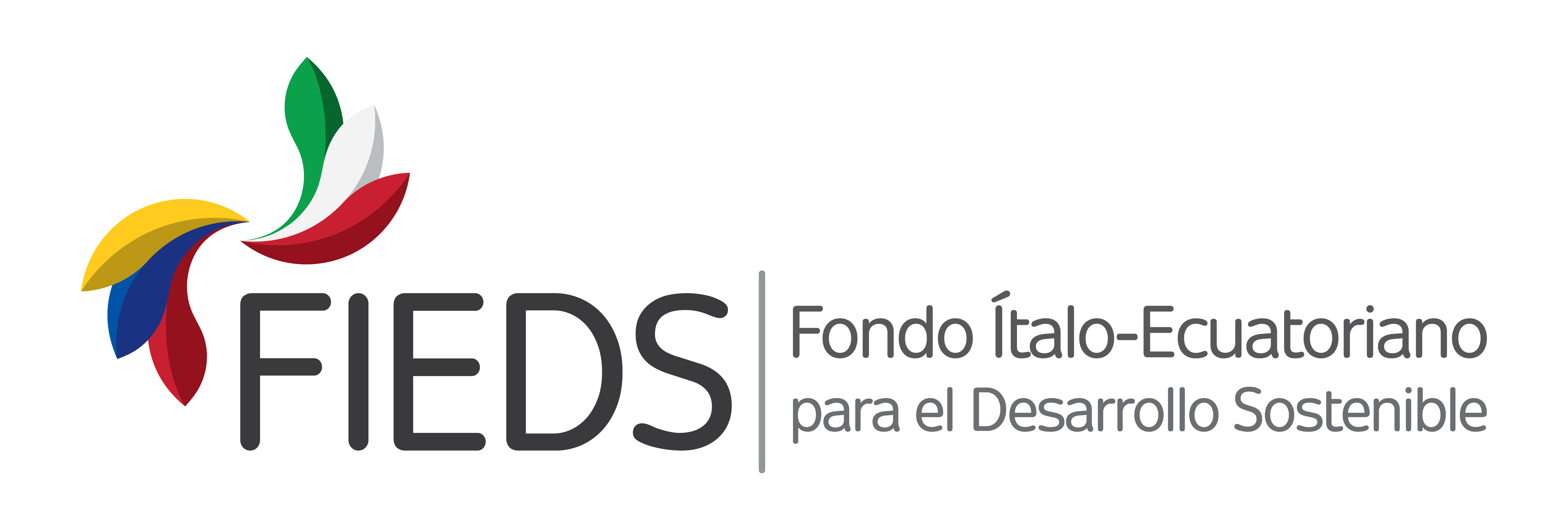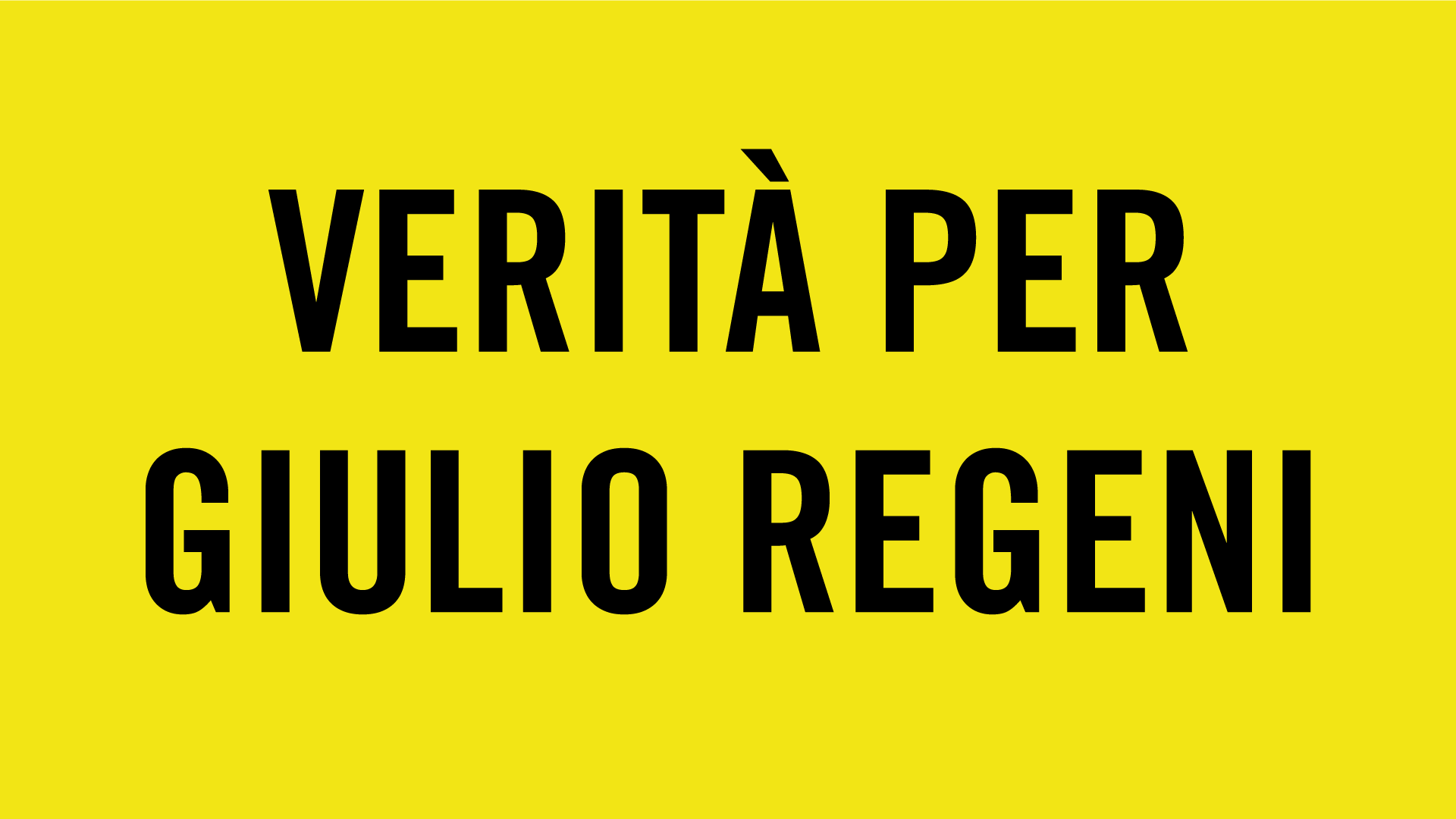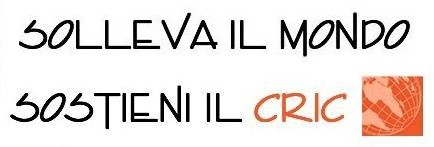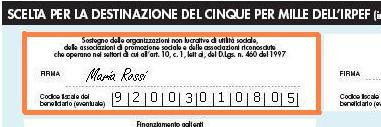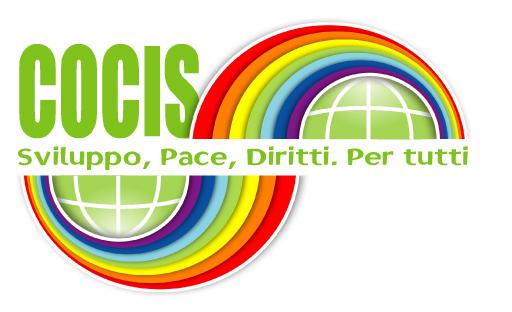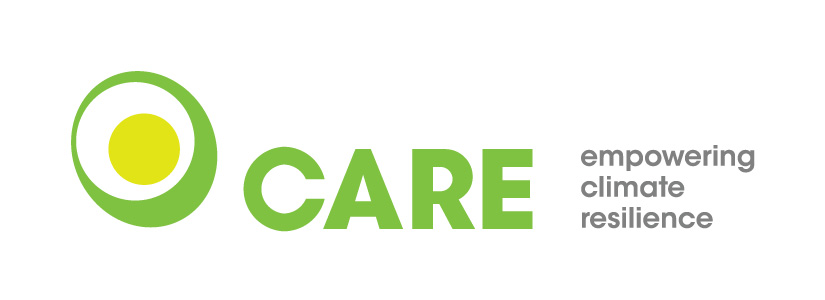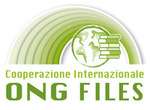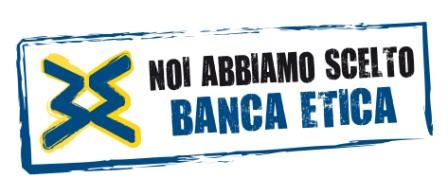Bethlehem 21 Project
Bethlehem 21 Project - Environmental Sustainability for a Better Life: An Integrated Approach for Localizing Agenda 21 in the Bethlehem District
Bethlehem District: Bethlehem, Beit Jala, Beit Sahour, Za’tara, Al Khader municipalities, the rural council of Battir - Palestina
DESCRIZIONE
Leaded by ARIJ (Applied REsearch Institute-Jerusalem) in partnership with CRIC, Bethlehem 21 project will develop the capacities of local and national authorities including Bethlehem, Beit Jala, Beit Sahour, Za’tara, Al Khader municipalities, the rural council of Battir, the Ministry of local Government (MoLG) – Department of Joint Councils for Services, Planning and Development (DJCspd), the Palestinian Environmental Quality Authority (PEQA), the Ministry of Health (MoH), the Palestinian Water Authority (PWA), Bethlehem Governorate, the Palestinian Central Bureau of Statistics (PCBS) and the Water and Sanitation Authorities to reinforce them to enter into dialogue with citizens and local organizations in order to develop local sustainability action strategies or “Local Agendas 21”. The participatory approach will be in the form of a visioning process that focuses on bringing together a broad section of the community with the local authority to develop a shared vision for the sustainability of their community and plan how to achieve it.
OBIETTIVI
The main objectives of Bethlehem 21 project are:
• To secure and maintain the involvement of the targeted local and national authorities throughout and after the course of project implementation.
• To establish an effective participatory process that ensures a representative participation of the communities’ members with the targeted local and national authorities in the community visioning process.
• To assess the communities’ environmental and socioeconomic conditions as well as the institutional arrangements, structures and practices.
• To establish a GIS based information system and reinforce the technical capacities of the selected municipalities and rural councils in GIS, database management and environmental monitoring.
• To formulate shared community vision statements that declare the communities’ visions for more sustainable communities and to set sustainability goals, targets and actions
• To develop local sustainability action strategies “Local Agendas 21” based on the baseline community profiles and the outcomes of the community visioning process.
• To transfer the gained knowledge to other local authorities in the West Bank and encourage them to carry out similar sustainability initiatives.
ATTIVITA'
- 1.Developing decision makers’ capacities in sustainable development and the process of localizing Agenda 21 through thematic group meetings with local experts.
- 2.Issuing a declaration of the sustainability planning effort and seeking the support of the MoLG, DJCspd, PEQA, MoH, PWA, Bethlehem Governorate and the PCBS to endorse the declaration and mandate the involvement of the selected councils in the project.
- 3.Electing a steering committee from members of the involved authorities to oversee the implementation process.
- 4.Publicizing the sustainability initiative and its outcomes at the various stages by means of press releases in local media, conducting meetings with local organizations and decision makers, preparing flyers and establishing a project website.
- 5.Organizing community awareness campaigns in the form of information and awareness sessions targeting the communities’ members.
- 6.Electing citizens’ committees from members of the various communities sectors.
- 7.Data collection through review of available databases and publications and through conducting semi structured interviews with local authorities and organizations.
- 8.Establishing a GIS based information system composed of environmental and socioeconomic databases.
- 9.Transferring the GIS based information system and the computers hardware to the targeted councils and training selected personnel on GIS techniques, database mangement and on environmental monitoring.
- 10.Profiling the communities using the pressure, state, current practice framework.
- 11.Conducting community forums to bring people together to participate in the visioning process in order to develop shared visions for more sustainable communities and formulate sustainability goals, and actions through brainstorming and establishing key area task forces.
- 12.Developing a detailed description for each of the identified actions.
- 13.Integrating the outcomes of the visioning process, the actions’ description and the findings of the community profiles to develop local sustainability action strategies.
- 14.Organizing a national workshop with participation of local authorities, ministries, non-governmental organizations, international funding agencies and the established key area task forces to disseminate the findings, transfer the gained experience to others and identify funding sources.
DATA INIZIO
01-02-2006
DURATA
The project will run for 32 months.
STATO DEL PROGETTO
Closed on October 2008
COSTI
Euro 317.584
FINANZIAMENTI E CONTRIBUTI
The project is supported by:
European Commission, LIFE-Third Countries Programme
Swiss Agency for Development and Cooperation (SDC)
PERSONA DI CONTATTO
